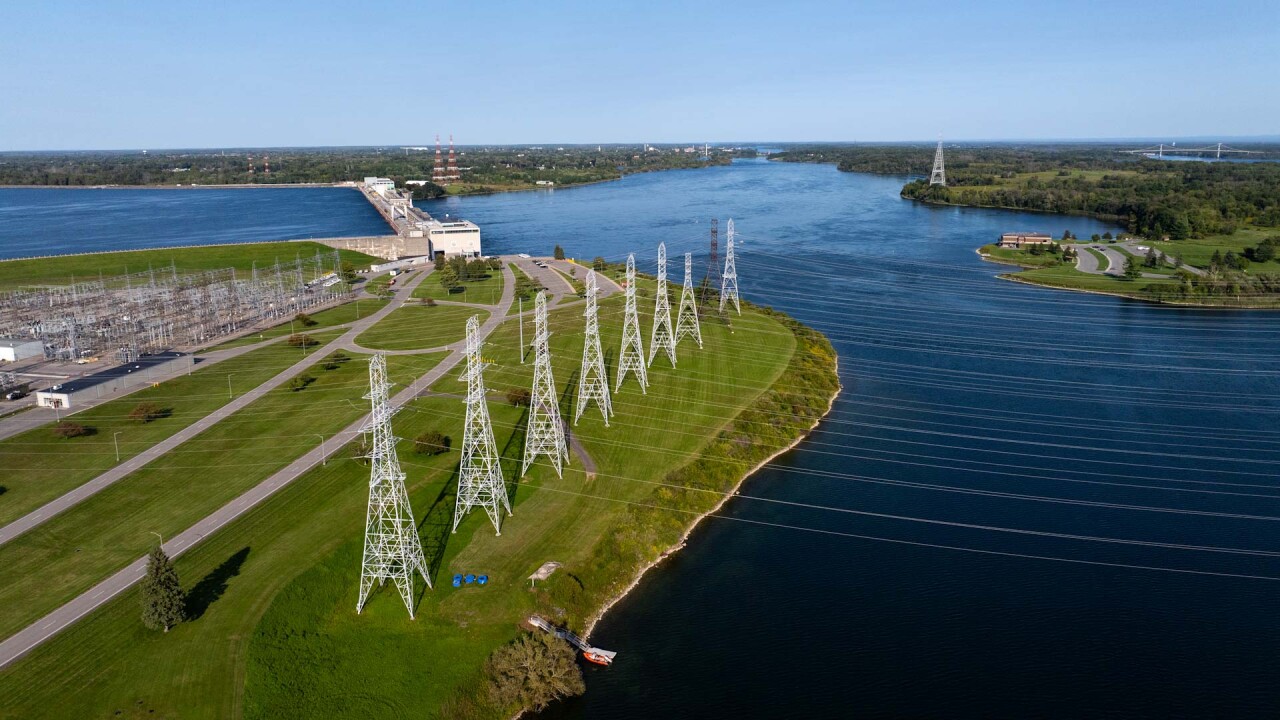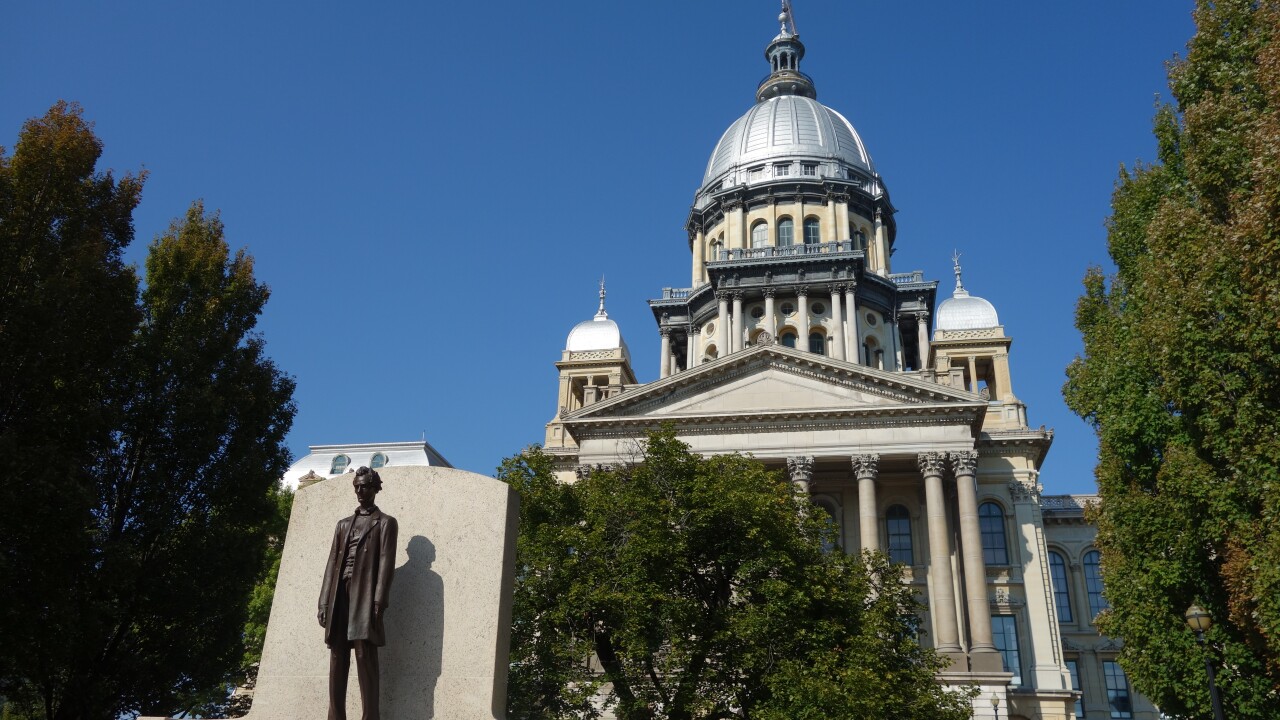The federal government expects to recoup through taxes most of the subsidies it pays on Build America Bonds, according to the federal budget released this week.
Since the BAB program launched, people have speculated what the average tax rate paid on the new class of taxable municipal bonds would be.
The fiscal 2011 budget implies an expectation: around 25%.
The implicit expectation — which is higher than some of the estimates municipal participants had offered — means the overall cost of the program to the federal government may end up being lower than some people thought.
Enacted in February 2009, the American Recovery and Reinvestment Act established the BAB program, authorizing municipalities to forsake the tax exemption on their debt and instead sell taxable bonds and collect a federal subsidy equal to 35% of their interest costs.
President Obama last week proposed to extend the program permanently with a 28% subsidy beginning next year.
The reduction in the subsidy was widely expected because many people believed the 35% subsidy was too high.
With municipalities issuing far more BABs than the federal government expected, the cost of subsidizing the program has already blown past initial projections.
Municipalities have issued $71.7 billion in BABs since the program launched last year, according to Thomson Reuters.
Based on the average yield of 6.2% under a Wells Fargo index tracking BABs, that implies $4.5 billion in annual interest costs and $1.6 billion in annual subsidies.
The federal government early last year thought the annual cost of subsidizing the program would be $340 million.
The true cost of the subsidy is lower than the cash payment, though, because since the bonds are taxable the federal government recovers some of it through the taxes paid on the bonds.
The concern was the federal government would recover little of the subsidy through taxes because many BABs are owned by tax-advantaged investors such as pension funds.
In other words, the aggregate tax rate paid on BABs would be much lower than the 35% subsidy, and the difference would be a cost to the federal government.
Phil Fischer, the former Bank of America Merrill Lynch strategist who has since retired, in June estimated the average tax rate of BABs bondholders could be as low as 11%.
That means that for every dollar of BABs subsidy, the government would only collect back 31 cents in taxes.
Considering the government expects to pay nearly $3 billion in BAB subsidies a year even if the program expires, that could turn out to be a heavy cost.
The federal budget offers a glimpse into the government’s expectations for how much it will pay and how much it will recoup through taxes.
Assuming the program expires, in fiscal 2011 the government budgeted $3.05 billion for subsidies on BABs.
At a 35% subsidy rate, that implies the government anticipates municipalities will pay roughly $8.71 billion in interest on BABs for the year.
The government’s expectation that it will collect $2.12 billion in taxes on that interest implies an average tax rate of 24.3%.
In the four years after that, the implied tax rate is either 24.9% or 25%.
For fiscal 2010, the implied tax rate is only 15.7%. It is not entirely clear why the anticipated tax rate goes up so much, but the budget does assume the Bush administration tax cuts will expire at the end of this year.
If the program is renewed at the 28% rate, the government expects the direct costs of the subsidy to increase substantially. The federal government expects to be paying an extra $13 billion in BABs subsidies a year by 2020 if the program renews.
That $13 billion in additional subsidies at a 28% rate implies $46.4 billion in interest costs.
Based on the average yield on the Wells Fargo index, that further implies municipalities could issue almost $750 billion of BABs from 2011 to 2020.





